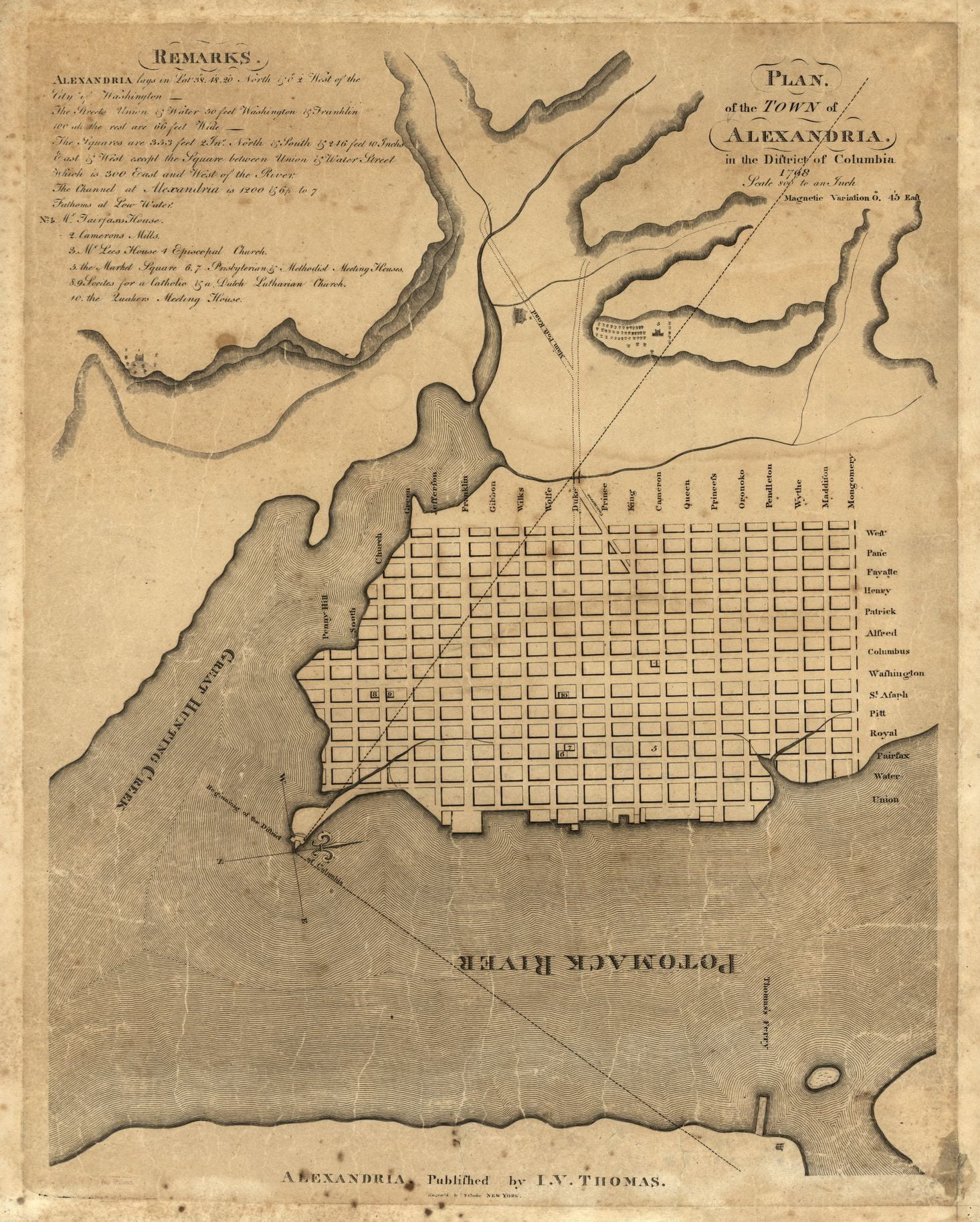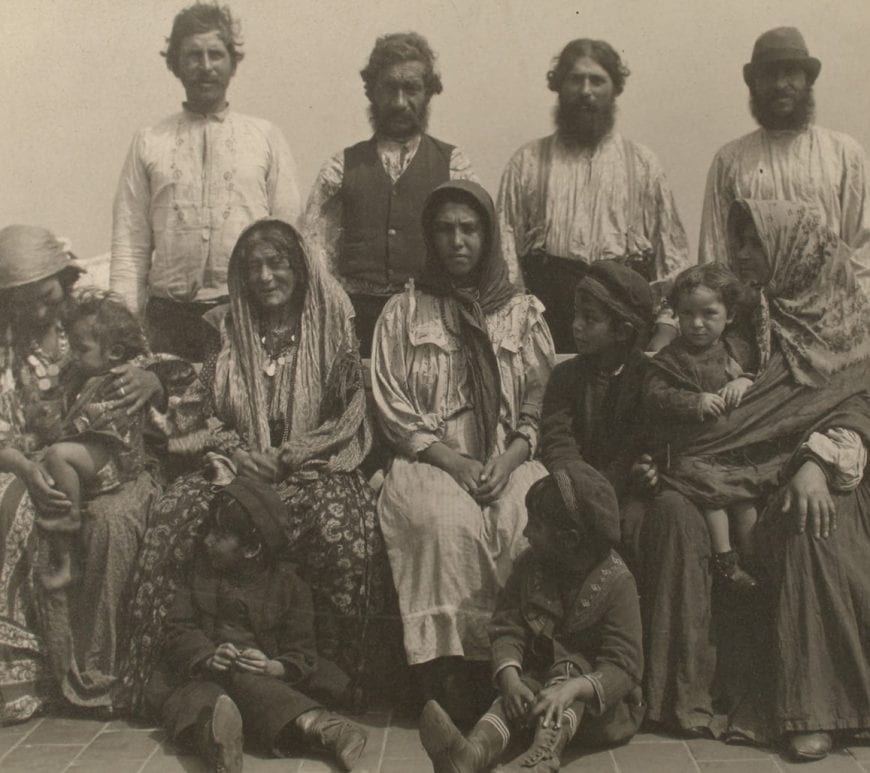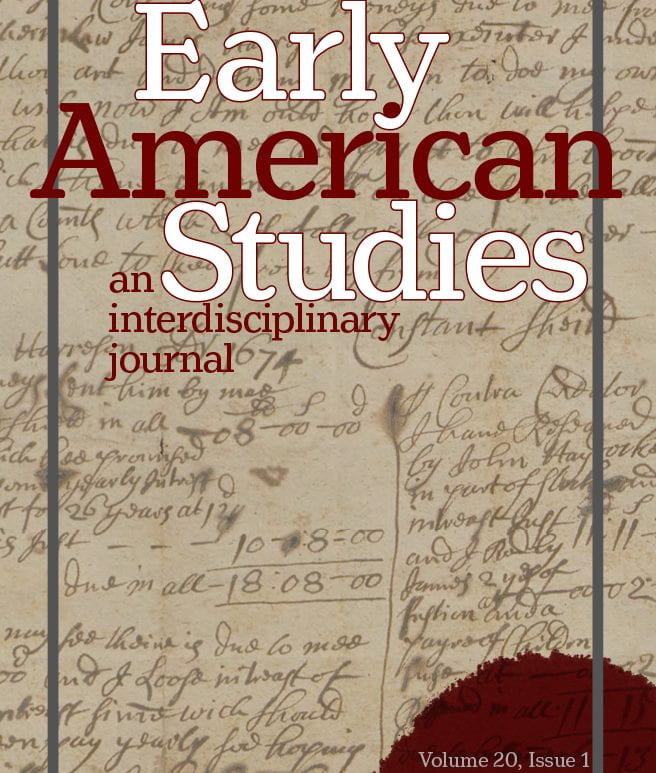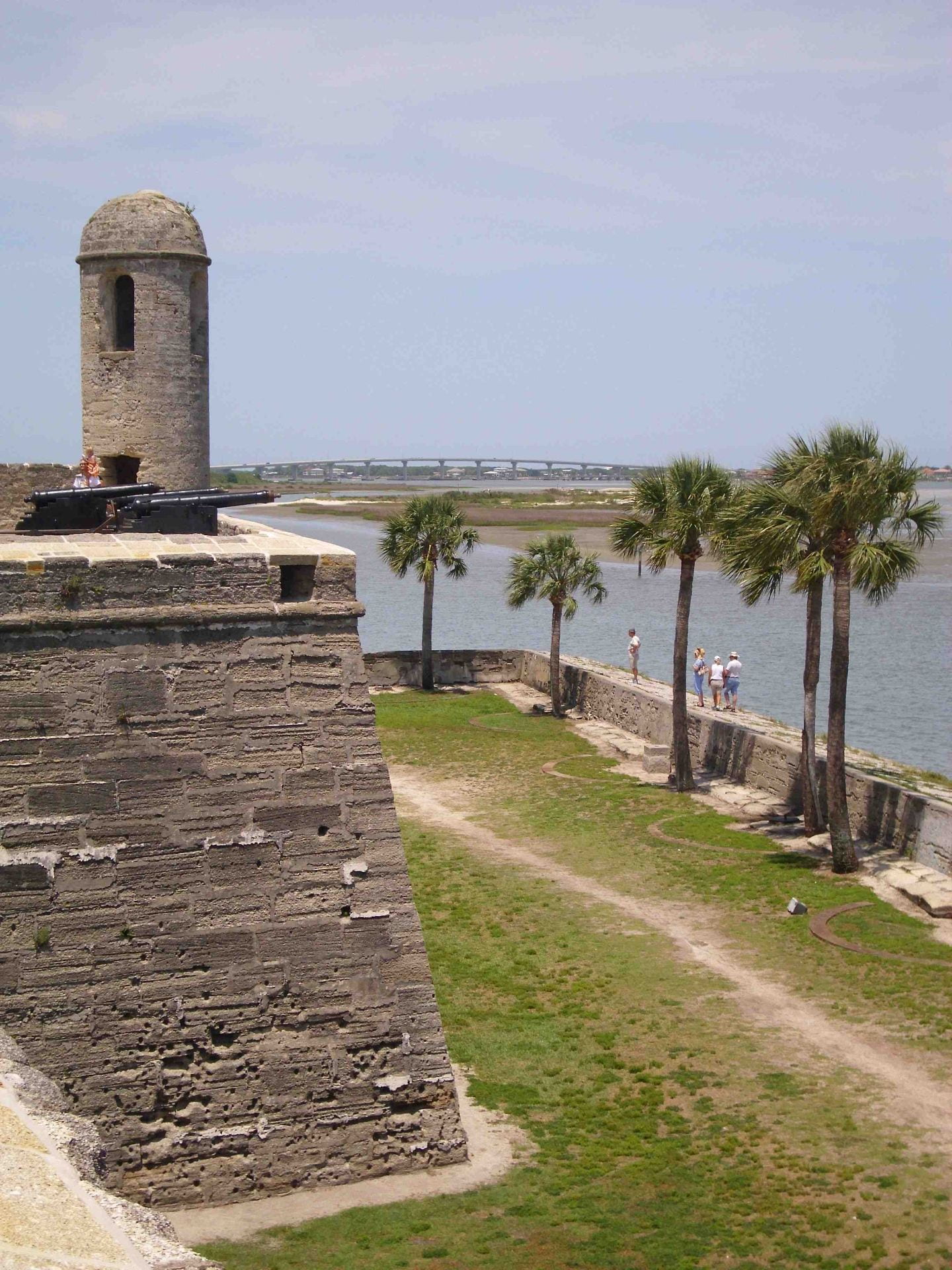
Accounting for Life: Letterbooks, Ledgers, and the Life of Alexander Wilson – Philip Mogen
It was an August day in 1768 that the young Scotsman Alexander “Sandie” Wilson was told he would be traveling to Virginia. He had been outside with friends when he was called into his Glasgow home, sat down, and informed of the situation. “Well Sandie,” his father told him, “you must go over seas.” Several months earlier, while discussing his future, Sandie had told his father that he “wou’d like…






